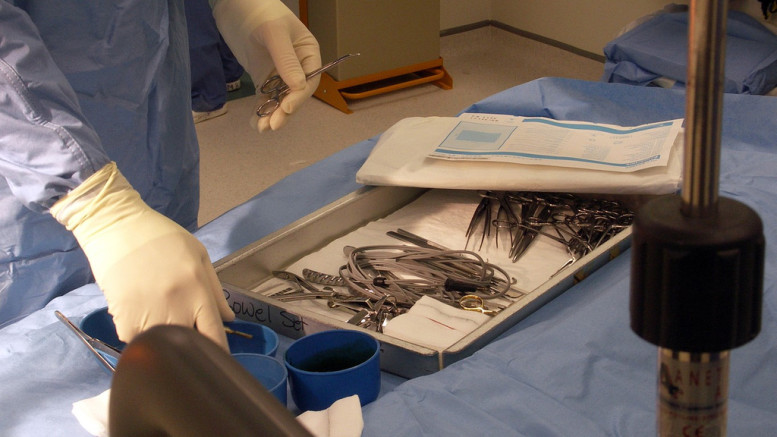The U.S. Food and Drug Administration approved a new power morcellator even though it recently warned about its potential cancer risk during surgery. The new tools manufactured by Olympus America Inc. is an electrical medical device used to cut and mince cancerous tissues during laparoscopic gynecological surgery. The company acquired clearance to market the new product through the FDA’s 510(k) program, a controversial premarketing submission process that does not require manufacturers to test a device if a similar one has already been approved. The regulator reviewed Olympus’ new morcellator and found it “substantially equivalent” to other predicate devices that are currently market legally across the country.
Although the morcellator should be used during minimally invasive procedures, the same FDA warned about its potential risks months ago. In April 2014, in fact, the agency issued a label change, warning surgeons and other health care providers that some gynecological tumors may harbor “unsuspected cancer cells” which the device could spread to other tissues. The device’s spinning blades are designed to remove uterine fibroids by cutting them. However, the centrifugal force they generate may inadvertently spread malignant tissue in nearby cavities, contributing to the growth of new tumors. The FDA even added a black box to the product’s label to highlight its safety concerns in patients undergoing myomectomy and hysterectomy.
Olympus new device, the PK Morcellator, provides improved functionality over its predecessors, including a pistol grip and a new smoke evacuation system that grant better visibility during surgical procedures. It also sports a lip on the distal tip to remove tissues through peeling techniques, and it’s compatible with the same company’s PneumoLiner containment device to collect removed uterine tissues.
Other companies such as Johnson and Johnson already pulled their own version of the power morcellator from the market, since a storm of lawsuits has been filed by patients in the last few years. Due to their increasing number, most of these cases have been centralized in a Multidistrict Litigation in the U.S. District Court for the District of Kansas. Plaintiffs are seeking monetary compensation after being diagnosed with a new tumor which was spread by the tool’s cutting blades during the procedures. Many disputes have been already settled out-of-court with payments ranging from $100,000 to $1 million each.
Article by Dr. Claudio Butticè, Pharm.D.
